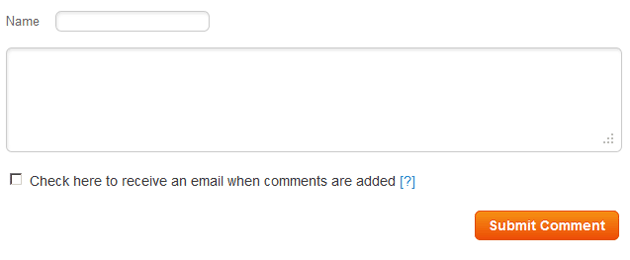Question
Topic: Student Questions
Promotions & Offers
please, what is the different between the offer of having a disocount of 30% , 50% and 70 % on a selective items and the the offer of buy one get one free?
Related Discussions
- Off Page
- B2b Challenges Faced By Decision Makers In Apac
- Marketing Research
- Companies Changed The Strategy Based On Research
- Marketing Targeting Stragety Of A Music Band
- Competition
- Trade Show Actions
- Blackpink - Strengths And Weaknesses
- Qs About Competitor Audit Analysis
- Final Year University Dissertation Question Help!
- Search more Know-How Exchange Q&A
Community Info
Top 25 Experts
(Student Questions)
- Gary Bloomer 32,138 points
- Jay Hamilton-Roth 28,001 points
- Peter (henna gaijin) 23,802 points
- Carl Crawford 22,363 points
- wnelson 21,503 points
- Chris Blackman 10,081 points
- Pepper Blue 8,859 points
- SRyan ;] 8,290 points
- Blaine Wilkerson 7,890 points
- steven.alker 6,430 points
- SteveByrneMarketing 6,267 points
- telemoxie 6,160 points
- bobhogg 4,824 points
- MANSING 4,819 points
- Levon 4,419 points
- Mushfique Manzoor 4,218 points
- Corpcommer 3,952 points
- darcy.moen 3,605 points




